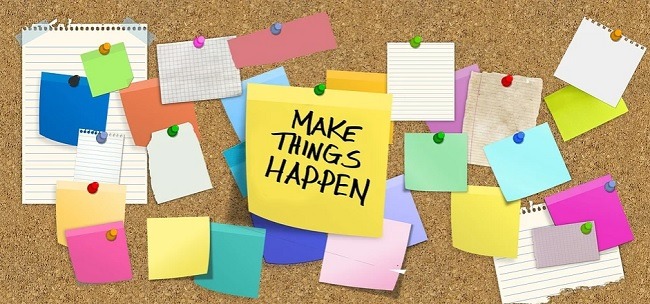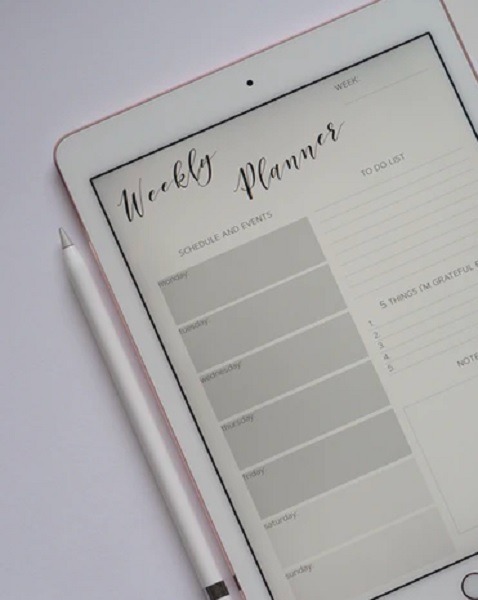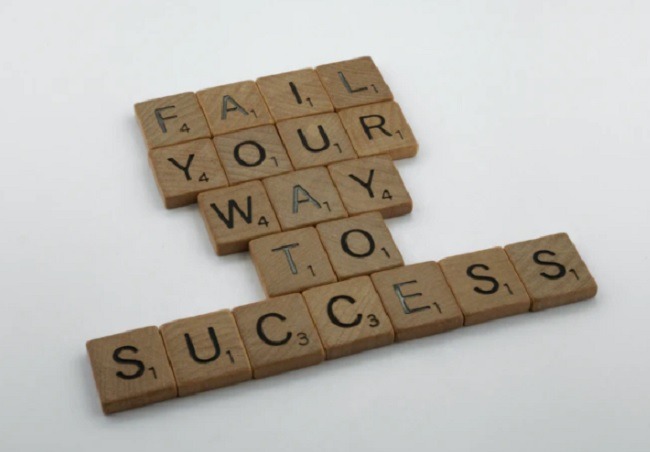Can you really transform your productivity in just a year? You’ve likely seen all types of claims about how quickly you can boost your productivity, but it takes time to make a change. That’s why setting a 365-day productivity challenge is more realistic. You have less pressure and can make a gradual change that transforms your productivity throughout the year and the rest of your life.
Why 365-Day Challenges Are Effective
First and foremost, you have to have the willpower and desire to want to do this. Otherwise, it won’t matter whether you’re trying a 10-day challenge or a year-long challenge. Once you have settled that, there are several benefits to challenging yourself for a year:

- You can break your goal into much smaller steps or small habits, which makes you more likely to succeed.
- Smaller steps over a longer period lead to a much bigger change in your life.
- There’s less time commitment daily, making it less likely for you to say you just don’t have the time.
- After a year, you’re more likely to stick to the positive changes you’ve made.
- A year can be broken into multiple mini-challenges (like Kat Kennedy) to better meet your overall productivity goals.
There’s also one more benefit. Once you reach a certain point, which will vary based on the individual, it’s much harder to give up or quit. For instance, if you’ve already made it 170 days, you’re more likely to push through on day 171, even if you don’t feel like it. After all, you’d hate to ruin that long of a streak.
Setting a 365-Day Productivity Challenge
The first step is to define what you want to achieve. Simply saying “I want to be more productive” isn’t enough. You have to define what productivity means to you. Do you want to accomplish more in a day? Do you want to work fewer hours but achieve the same amount of work each day? Is procrastination stopping you from succeeding?

Take a moment to think about what you want to achieve. What would a more productive you look like? You can list all the negative habits and situations that are preventing you from being as productive as you’d like to be.
When you’re done, write down your main challenge goal. It may be something like: “I will be more productive each day by accomplishing all my work between the hours of 8 AM and 3 PM.”
Break Down Your Challenge
Now that you know what your 365-day productivity challenge goal is, it’s time to break it down into individual tasks or steps that you’ll do each day. First, decide whether you’ll tackle several small tasks each day or build up on tasks month by month.

For instance, you could include the following tasks or habits in your daily routine to complete the overall goal listed in the previous section:
- I will write down my tasks for the next day before I go to bed.
- I will wake up 30 minutes earlier than my normal schedule to meditate and exercise.
- I will turn off all distractions from 9 AM to 11 AM each day to handle my most difficult tasks.
- I will take frequent breaks at set times each day. (The Pomodoro Technique will help.)
- I will track my time to see what’s hurting my productivity.
At first, that may seem like way too much to handle every day, so for the first five months of your 365-day productivity challenge, you’ll add one new task a month. For the first month, you’ll start with making a to-do list before bed.

The next month, you’ll continue your to-do list habit and add the 30-minute earlier wake-up time. The following month, you’ll add on the distraction-free period and so on.
Notice how the list seems much easier when you’re tackling one new habit at a time. Just like it takes time and patience to get rid of a bad habit, it takes time and a daily routine to build a new habit. But by making tiny changes a little at a time, it’s much easier to stay consistent and be more productive.
Staying Consistent
Dr. BJ Fogg’s book, Tiny Habits: The Small Changes That Change Everything, explains how building new habits means attaching a new habit to an existing one. Make your 365-day productivity challenge more successful by associating your chosen productivity tasks or habits with something you already do.
For instance, if you always lay out your clothes before going to bed, write down your to-do list immediately after laying your clothes out. Do the same with each new task during your challenge, and they’ll quickly become routine for you, making you far more productive.

While some experts say 90-day challenges work better, you can always divide your year-long challenge into approximately four 90-day challenges if that works better for you.
Tracking Your Challenge
Another way to make your 365-day productivity challenge more successful is figuring out how to track it. For some people, using a basic planner and listing the challenge each day is enough. This is especially true if you already have success using a daily planner. Since this is a productivity challenge, opt for a productivity planner. These are designed specifically to help you get more done.
If the whole pen and paper idea doesn’t appeal to you, use a planner app instead. These are just the digital versions of planners, except you get reminders. There are actually apps designed mainly as reminder apps if you’re having trouble remembering to do your daily challenge. Just make sure when the reminder goes off, you stop everything else and complete your challenge task.

Another option, which has proven highly effective, is to gamify your challenge. Individuals, businesses, and even schools use gamification to help increase productivity and focus. The idea is to not only help you keep track your challenge and build a new productive habit, but turn it into a game so it’s more fun. After all, if you’re enjoying yourself, you’re far more likely to stick with the challenge and increase your overall productivity. As with everything else, there are apps for this, too.
A final option is to partner up. For instance, you could ask a co-worker to take on the same 365-day productivity challenge with you. Then you would have someone to hold you accountable. You could also ask a friend or relative to help encourage you. Some people even post their challenge on social media to see if others want to participate.
What If You Miss a Day

The worst part about a challenge that lasts a full year is there’s a good chance that you’ll miss a day. It’s human nature to want to give up the moment something goes wrong. In fact, you immediately think to yourself “I failed.” But, as cliché as it sounds, failure is just an opportunity to get better. In terms of productivity, failing at your challenge for a day or even several days is just an opportunity to pinpoint your obstacles and learn how to push past them.
Instead of giving up immediately, keep going. A 365-day productivity challenge doesn’t mean you absolutely have to succeed every single day. For most people, you’re going to miss days. You might get sick, have a personal emergency, or any other random issue. The important part of the challenge is to move past the missed day(s) and keep going the next day as if nothing happened.
Failure has a way of distorting your perception. This is why things like procrastination have such a damaging effect on your productivity. Constantly scrambling to meet deadlines or not meeting them at all makes you see yourself as a failure. You think you’re not good enough, skilled enough, disciplined enough, and so on.

Throughout your challenge, you not only gain new habits and skills to make yourself more productive, but you’re also working to change your mindset and perception of yourself. So if you miss a day, you miss it. Just pick up the next day like normal.
As a side note, a 365-day productivity challenge isn’t easy, but those small daily changes make a difference. If you’re not quite ready for a year-long challenge, that’s okay. Start with a month or even a week. If that works, push yourself to go another week or month. Before you know it, you’ve stuck with your challenge for a full year.
